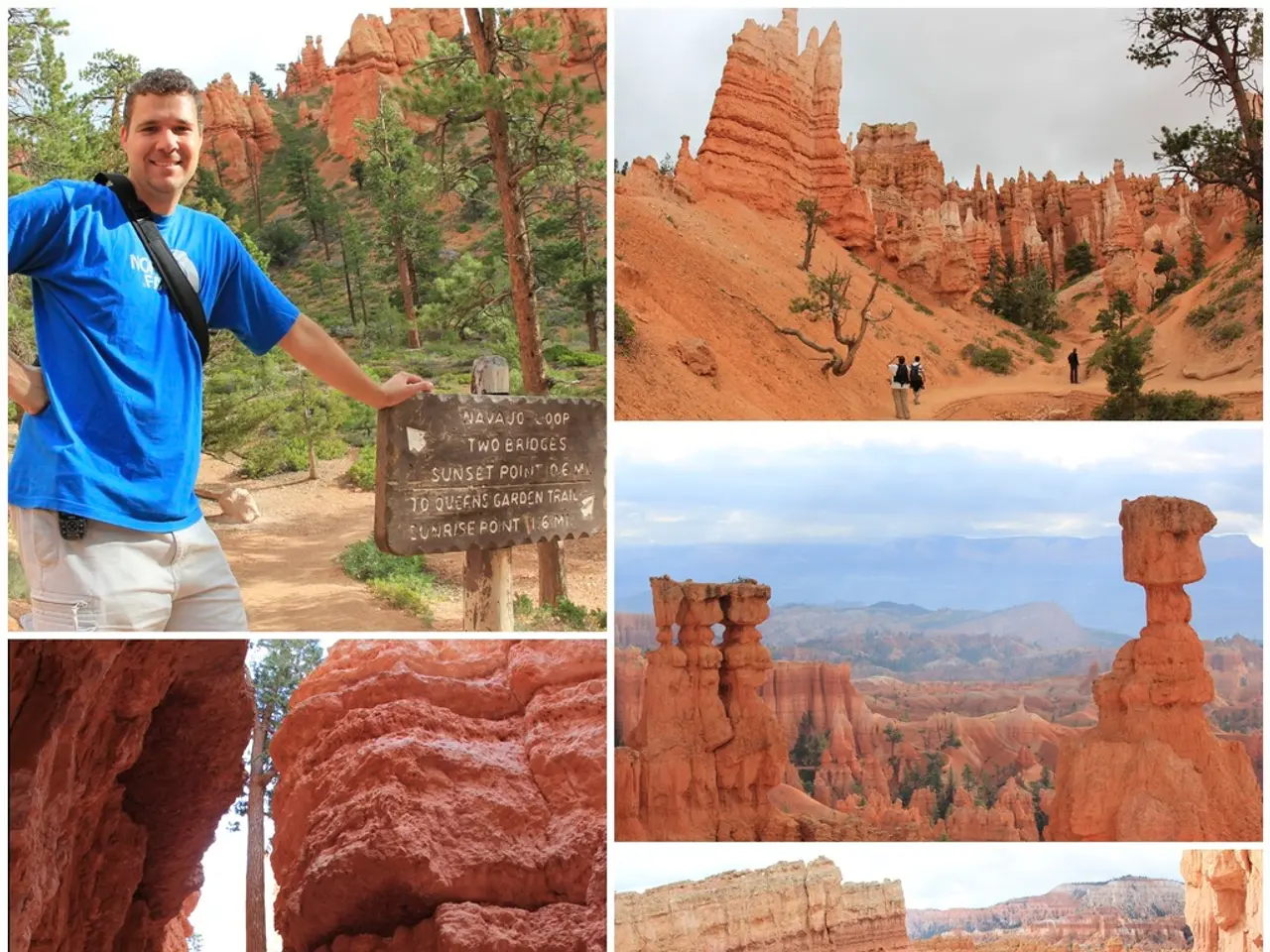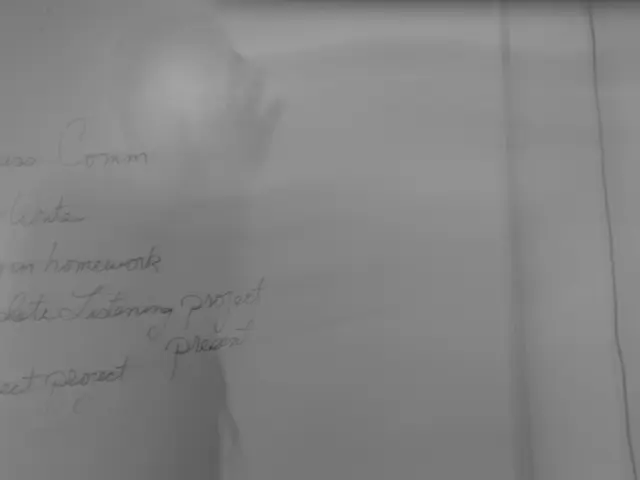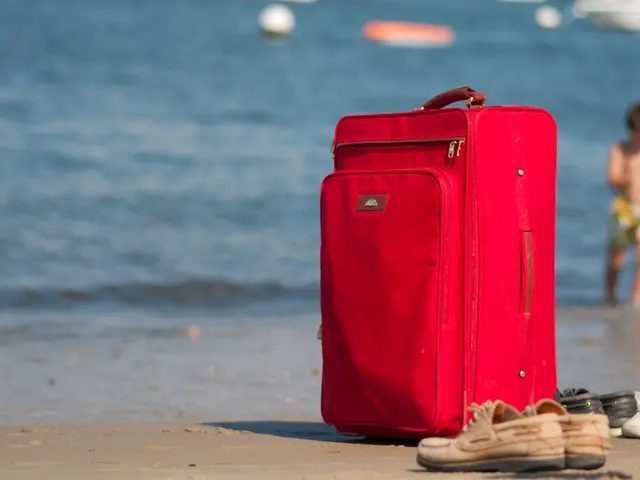Archaeology in Turkey grapples with challenges, despite achieving global acclaim in the field.
In the heart of the ancient world, Turkey's archaeological and cultural heritage sites are facing significant challenges that threaten their preservation. Despite the global acclaim for sites like Göbeklitepe, the world's oldest known temple complex, the country's archaeology sector is grappling with budget cuts, an under-resourced General Directorate of Cultural Heritage and Museums, and a lack of a central coordinating authority [1].
Museums, particularly those in less tourist-frequented regions, are facing severe staffing shortages. Relying heavily on short-term contracts, opportunities for professional development are rare, and institutions struggle to invest in modern infrastructure like climate-controlled storage or advanced display technologies [1].
The lack of a central coordinating authority for archaeological and heritage policies has led to fragmented oversight among universities, municipalities, and NGOs, often resulting in conflicting policies and duplicated efforts. This fragmentation complicates project timelines and reduces efficiency in site management, excavation, and restoration activities [1].
Experts have called for the establishment of a national heritage council, combining archaeologists, conservators, legal experts, and urban planners, to streamline decision-making and enhance coordination [1]. This council would help address the challenges that hinder efforts to protect fragile artifacts, reduce the likelihood of international partnerships or traveling exhibitions, and develop educational and digital engagement programs [1].
Despite these challenges, Turkey remains committed to safeguarding its flagship sites. The Ministry of Culture and Tourism continues its efforts through projects like the Taş Tepeler initiative, focusing on scientific research, protection, and infrastructure development to preserve landmarks like Göbeklitepe for future generations [2]. However, these efforts require sustained funding and better coordination to be fully effective.
Innovative digital projects, such as DIGITALIA coordinated by Istanbul University, offer promising avenues to address some preservation challenges through documentation, monitoring, and virtual engagement, potentially alleviating pressures caused by staffing and budget shortages [3].
As Turkey positions itself as a global hotspot for archaeology, it is crucial to address these challenges to ensure the efficient protection and preservation of its rich and globally significant cultural heritage sites.
References: [1] "Challenges facing the cultural heritage sector in Turkey." Cultural Heritage News, 2022. [2] "Taş Tepeler: Preserving Turkey's Ancient Landmarks." Ministry of Culture and Tourism, 2023. [3] "DIGITALIA: Innovative Digital Solutions for Sustainable Heritage Management." Istanbul University, 2023.
- The Turkish government is grappling with budget cuts and a lack of coordination in managing its archaeological and heritage sites, including the renowned Göbeklitepe.
- Museums in less tourist-populated regions of Turkiye are facing staffing shortages, hindering their ability to invest in modern infrastructure and offering opportunities for professional development.
- The absence of a central coordinating authority has led to fragmented oversight among universities, municipalities, and NGOs, resulting in conflicting policies and duplicated efforts.
- Experts suggest the establishment of a national heritage council, a coalition of archaeologists, conservators, legal experts, and urban planners, to foster better coordination and decision-making.
- This council would not only help protect fragile artifacts but also facilitate international partnerships, traveling exhibitions, and educational programs.
- The Ministry of Culture and Tourism continues its efforts to preserve Turkiye's flagship sites like Göbeklitepe through projects such as the Taş Tepeler initiative, but these efforts require sustained funding and better coordination.
- Innovative digital projects, such as DIGITALIA, offer promising solutions to address some preservation challenges, potentially easing the pressure caused by staffing and budget shortages.
- To ensure the efficient protection and preservation of Turkiye's rich cultural heritage sites, it is essential to address these challenges and position the country as a global leader in archaeology and heritage conservation.




